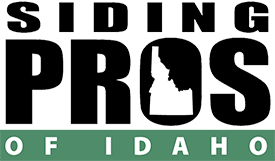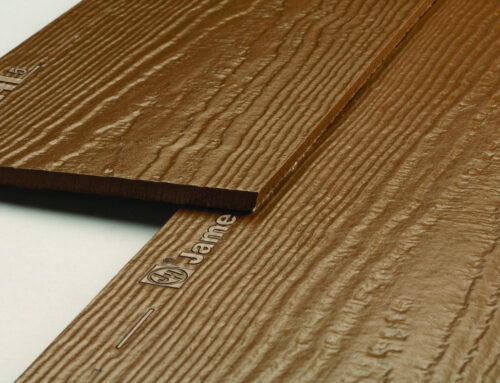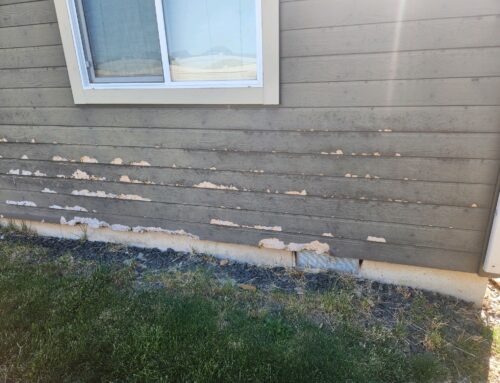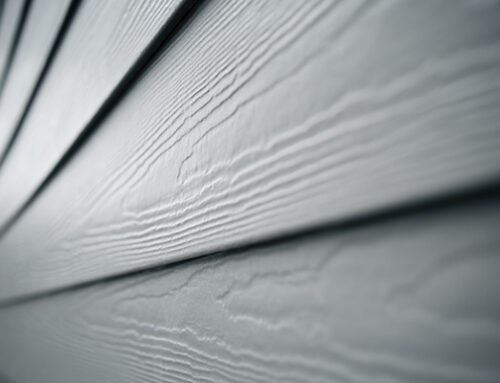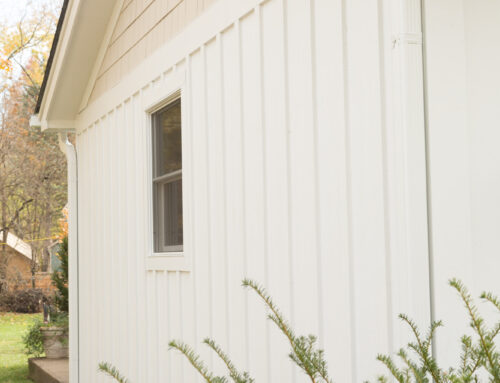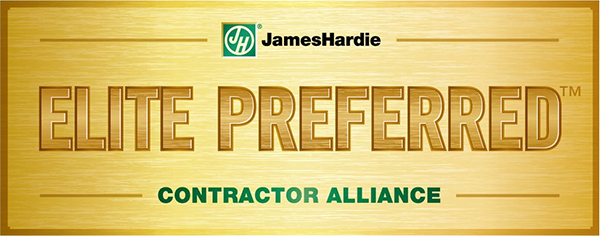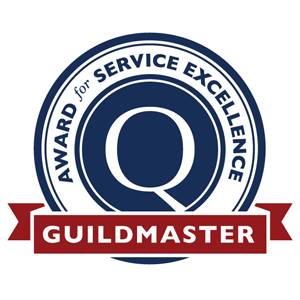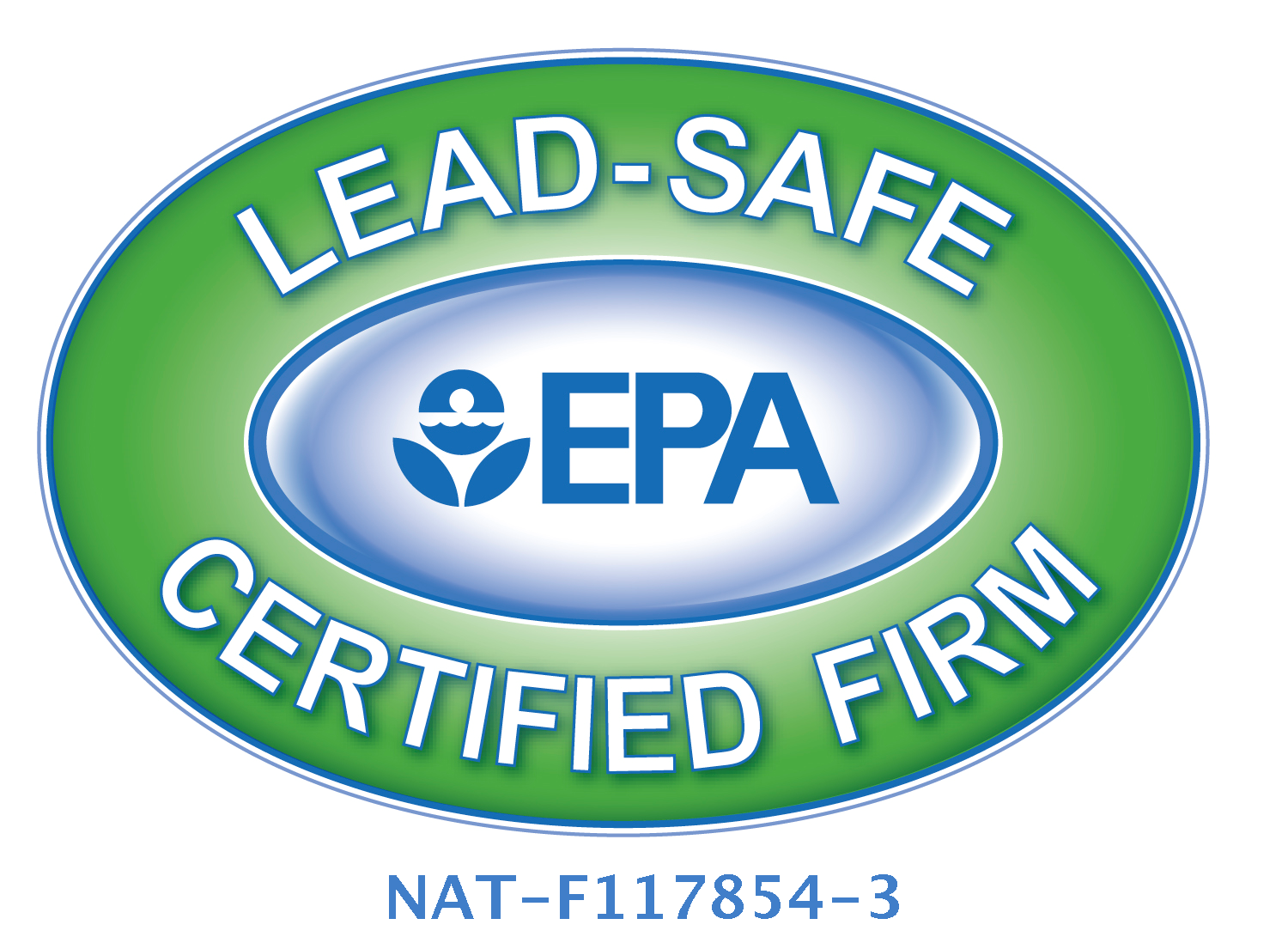Fiber cement is made up of a few simple ingredients: Portland cement, sand, water, and cellulose fibers. The composition may vary depending on the manufacturer. James Hardie’s formulation includes proprietary additives that enhance the product’s performance.
Compared to other siding materials, fiber cement siding is a cost-effective option. Generally, it costs less than brick, synthetic stucco, and some wood siding options. It’s typically equally or less expensive than hardboard or composite siding, and more expensive than vinyl.
Fiber cement siding has many performance advantages over traditional siding materials like wood and vinyl. James Hardie fiber cement siding is non-combustible, can withstand damage from moisture and rot, and is engineered to stand up to the demands of the sometimes harsh Boise area climate. It is also unappealing to woodpeckers, termites, and other pests.
In addition to these benefits, fiber cement siding is recognized for its resilience and safety. It will not ignite when exposed to a direct flame, nor will it contribute fuel to a fire—making it a smart choice in areas where fire safety is a concern. Its durability means it stands up to the elements year after year, resisting common issues like warping, swelling, and deterioration that can plague wood or vinyl. Plus, homeowners appreciate the peace of mind knowing that their siding is designed to handle local weather patterns, from intense summer sun to frigid winter conditions.
With this combination of low maintenance, superior longevity, and proven performance, fiber cement siding is a top contender for protecting and beautifying your home’s exterior.
Fiber cement siding is a low-maintenance exterior option for your home. It resists fading, chipping, and cracking, which means less maintenance for you. If you need to clean your James Hardie siding, click here for a fiber cement siding maintenance guide.
Maintenance Needs: Location, Exposure, and Finish
The level of maintenance your fiber cement siding will need can change depending on a few factors—most notably, where your home is located, how much sun and weather exposure your exterior gets, and which type of finish you choose.
For instance:
- Geographical Location: Homes in areas with lots of rain, snow, or humidity may need more frequent inspections and gentle cleaning, simply to rinse off dirt, mildew, or stubborn debris.
- Exposure to Elements: If one side of your house catches more sun or wind, it might fade or weather faster. Areas near trees or landscaping may gather more dust, pollen, or organic buildup.
- Finish Type: Prefinished fiber cement with baked-on color tends to hold up better against fading and chipping, meaning you’ll likely spend less time on repaints or touch-ups. If your siding was painted after installation, you may notice more maintenance is necessary—especially as exterior paint ages.
Luckily, routine upkeep is straightforward. In most cases, a simple rinse with a soft brush and a garden hose is all that’s required to keep your siding looking sharp. For those who want more detailed maintenance advice, check out this fiber cement siding maintenance guide.
James Hardie offers a variety of textures such as woodgrain, smooth, and stucco finishes. James Hardie’s siding profiles include HardiePlank® lap siding, HardiePanel® vertical siding, and HardieShingle® siding. They also offer a variety of HardieTrim® boards and HardieSoffit® panels to complete your home’s exterior.
Considerations for Your Fiber Cement Siding Project
Whether you’re replacing old siding or building a brand-new home, there are a few key points to keep in mind before diving in with fiber cement siding.
Begin by evaluating your current exterior. If you’re renovating, look for signs of existing damage or rot that may need repair before installation. This is also the time to think about curb appeal—choose profiles and colors that complement your architectural style and neighborhood aesthetic.
Next, plan your budget. Factor in the material cost, labor, and any extra features such as trim or soffits. While fiber cement often comes in at a mid-range price point, costs can vary depending on design choices and complexity of installation.
It’s also essential to research the weather resistance needs in your area. Fiber cement’s durability is a major advantage, especially in regions prone to moisture, heat, or fluctuating temperatures like we see here in the Treasure Valley.
Finally, think about installation. While some seasoned DIYers may feel comfortable tackling siding themselves, most homeowners opt for professional installation to ensure longevity and warranty protection. Fiber cement was specific installation best practices, that if not followed, could void the manufacturers warranty.
If you want to evaluate the product yourself, you can stop into our Meridian showroom to see samples, what to get an idea of what each siding type looks like on the walls.
How to Get an Accurate Estimate for Fiber Cement Siding
Because every home is different—think size, architectural details, and those wild dream porches—there isn’t a blanket price for fiber cement siding installation. For an accurate estimate, reach out to us by calling 208-672-1697, or stop by our showroom located at 1311 E Franklin Rd. Ste 105 Meridian, ID 83642.
Here’s the simple process:
- We’ll visit your project and gather details about your home, including measurements and any special considerations (like unique trim or fancy gables).
- We’ll answer any questions you have about our products and services.
- Within a few days after our visit, you’ll receive a digital or printed proposal for your consideration.
We’ll give you clear proposal with no pressure and no guesswork!
